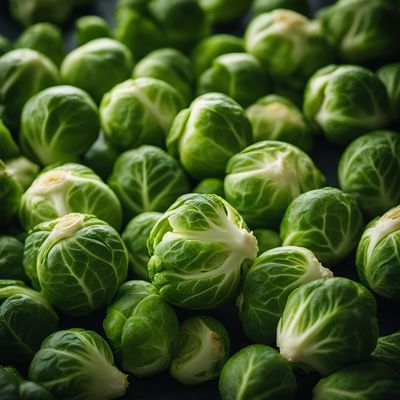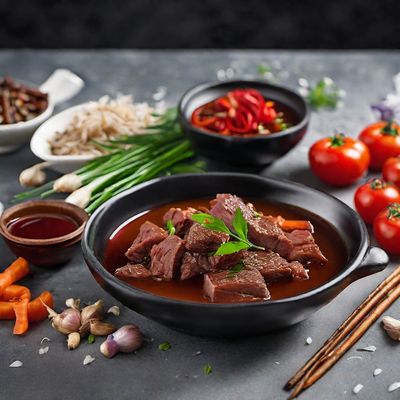
Ingredient
Head brassica
The Mighty Brassica: A Nutritional Powerhouse
Head brassica, or cabbage, is a leafy vegetable with tightly packed leaves forming a round or elongated head. It has a crisp texture and a slightly sweet and earthy flavor. Cabbage comes in different varieties, including green, red, and savoy, each with its own unique characteristics.
Origins and history
Cabbage has a long history and is believed to have originated in Europe before spreading to other parts of the world. It has been cultivated for thousands of years and has been a staple in many cuisines, including European, Asian, and American. Cabbage has also been valued for its medicinal properties and is known for its high vitamin C content.
Nutritional information
Cabbage is low in calories and high in nutrients, making it a nutritious addition to any diet. It is an excellent source of vitamin C, vitamin K, and dietary fiber. Cabbage also contains antioxidants and compounds that may have anti-inflammatory and cancer-fighting properties.
Allergens
There are no known allergens associated with head brassica (cabbage).
How to select
When selecting head brassica, choose cabbage heads that are firm, heavy for their size, and free from blemishes or discoloration. The outer leaves should be crisp and tightly packed. Avoid cabbage heads that feel light or have wilted leaves.
Storage recommendations
To store head brassica (cabbage), remove any loose or damaged outer leaves and keep the head intact. Place it in a plastic bag or wrap it tightly in plastic wrap and store it in the refrigerator. Properly stored cabbage can last for several weeks.
How to produce
Head brassica (cabbage) can be easily grown in home gardens or containers. It thrives in cool weather and requires well-draining soil and regular watering. Cabbage can be started from seeds or transplants and takes approximately 70-90 days to mature.
Preparation tips
Head brassica (cabbage) can be used in a variety of dishes, including salads, slaws, stir-fries, soups, and stews. It can be enjoyed raw, cooked, or fermented to make sauerkraut or kimchi. Cabbage leaves can also be used as wrappers for stuffing or rolls.
Culinary uses
Head brassica (cabbage) is widely used in cuisines around the world. It is a key ingredient in dishes like coleslaw, sauerkraut, kimchi, cabbage rolls, and stir-fries. Cabbage is also commonly used in soups, salads, and pickled preparations.
Availability
Head brassica (cabbage) is cultivated in many countries, including China, India, Russia, the United States, and European countries. It is readily available in most grocery stores and supermarkets.



